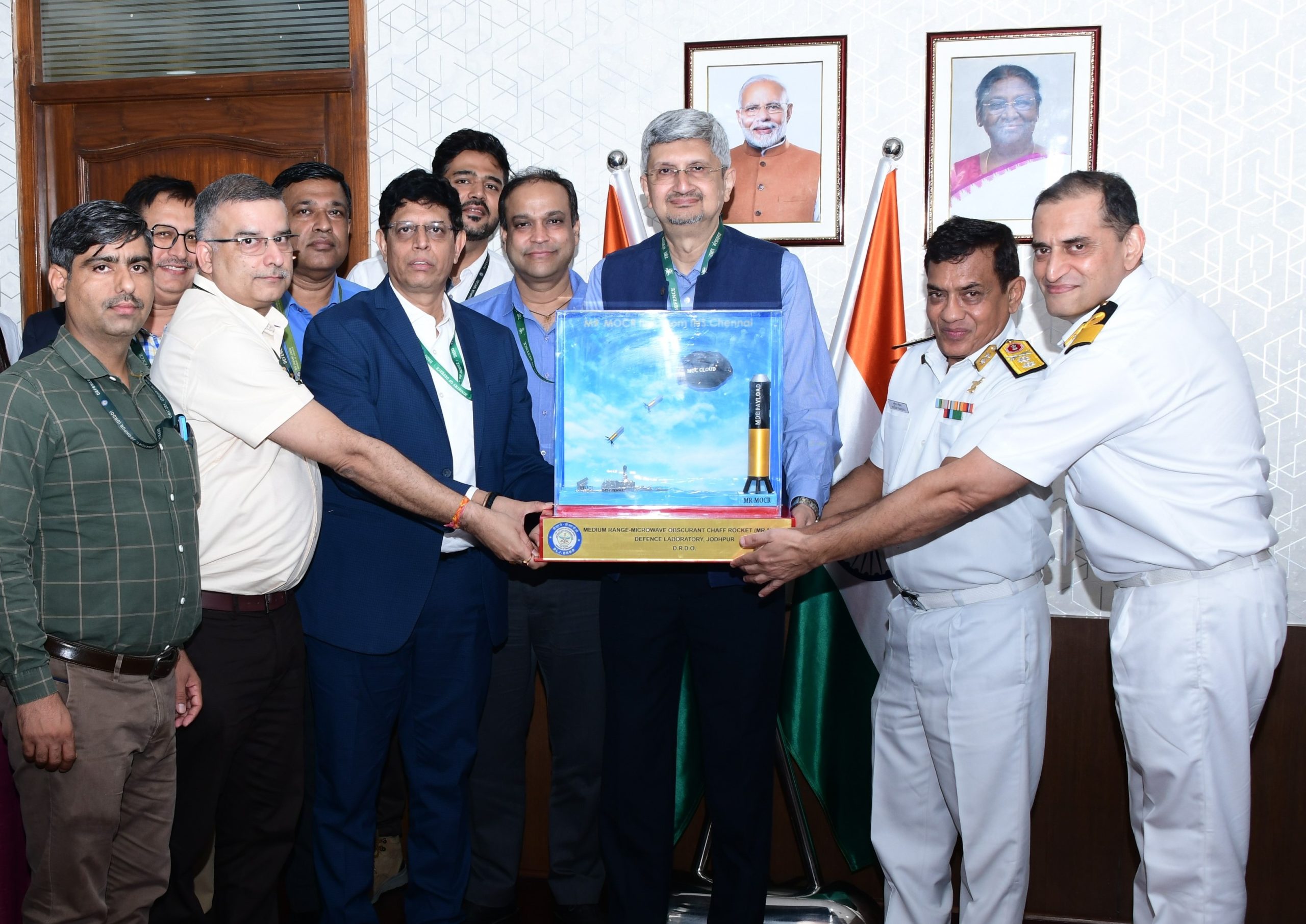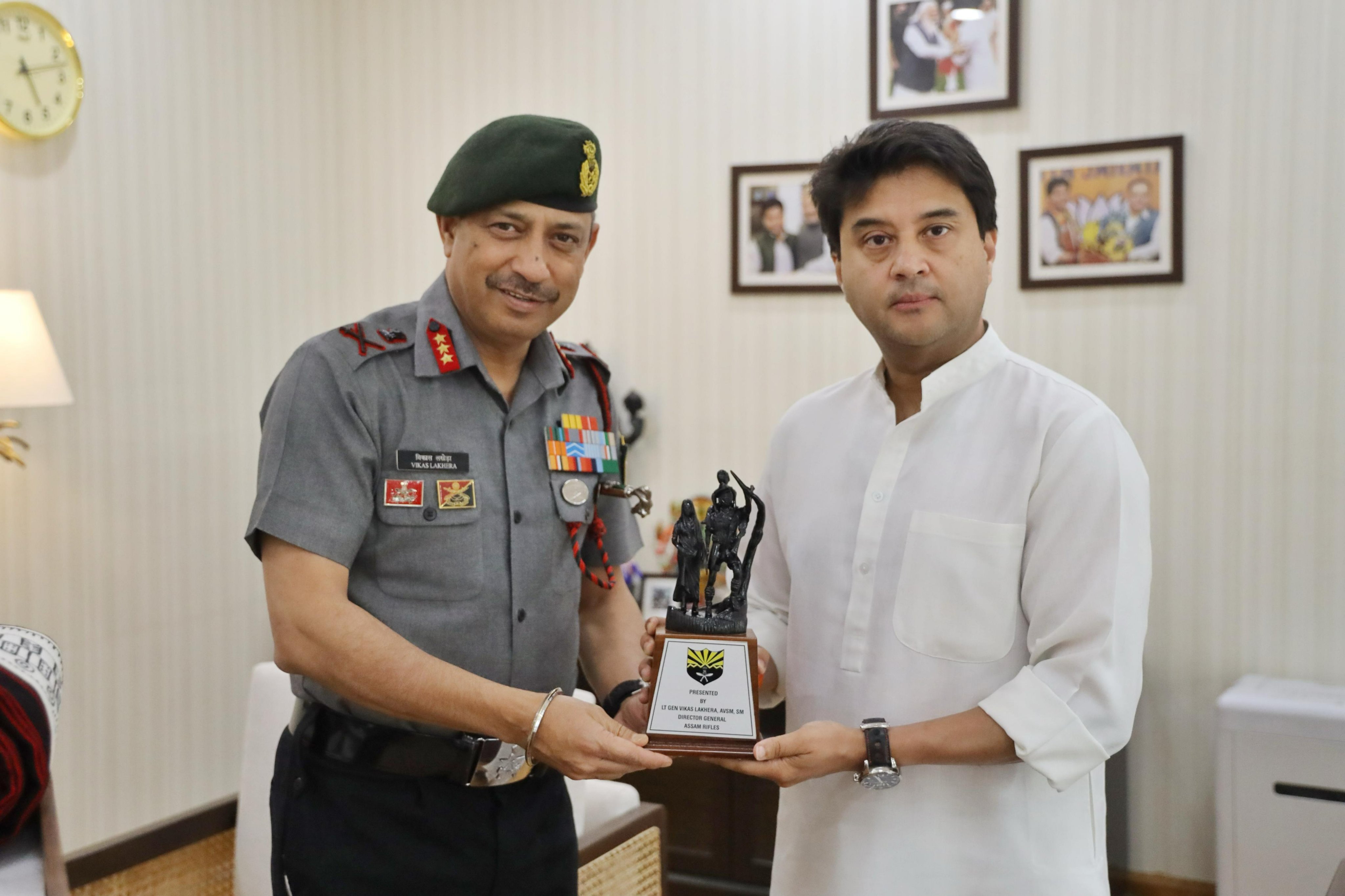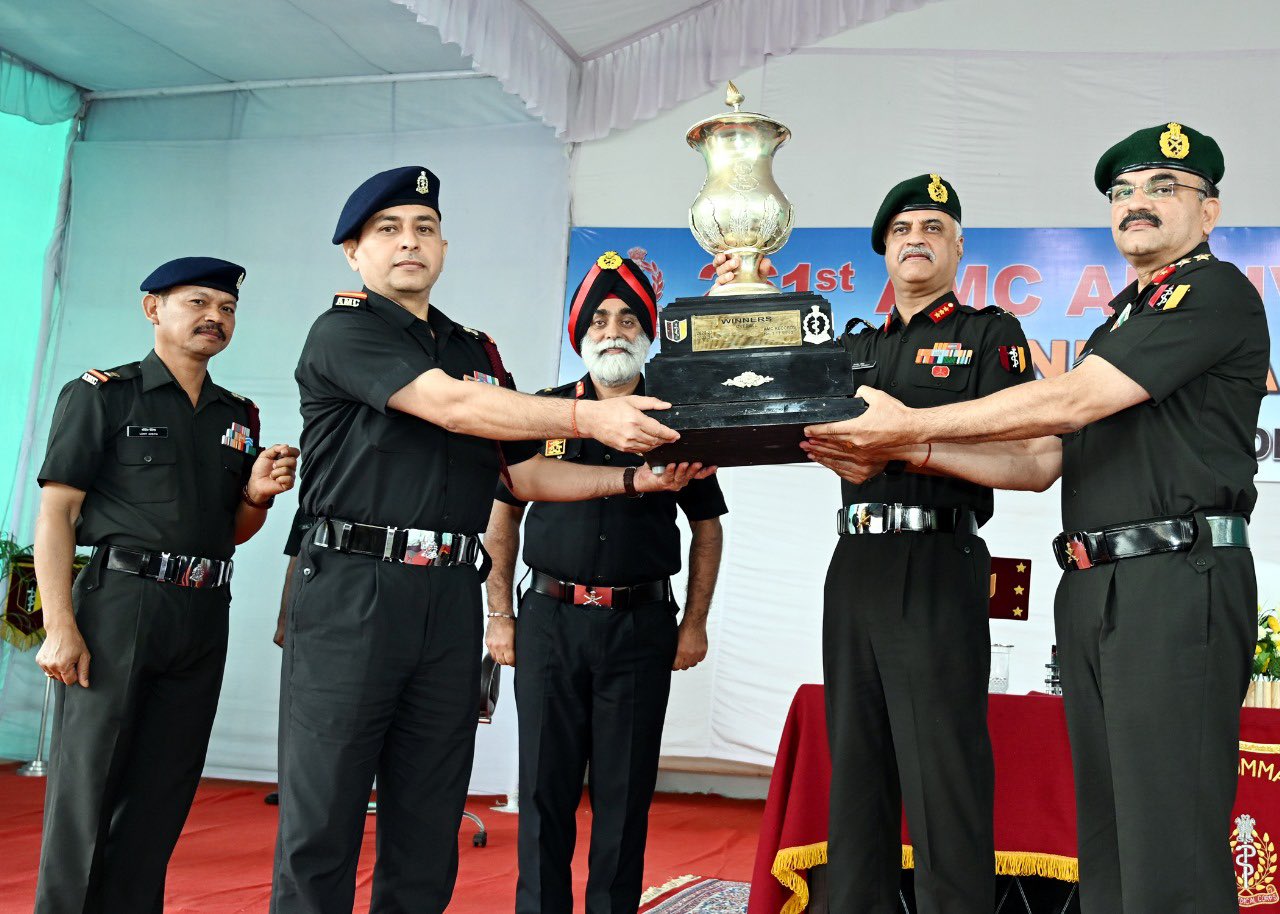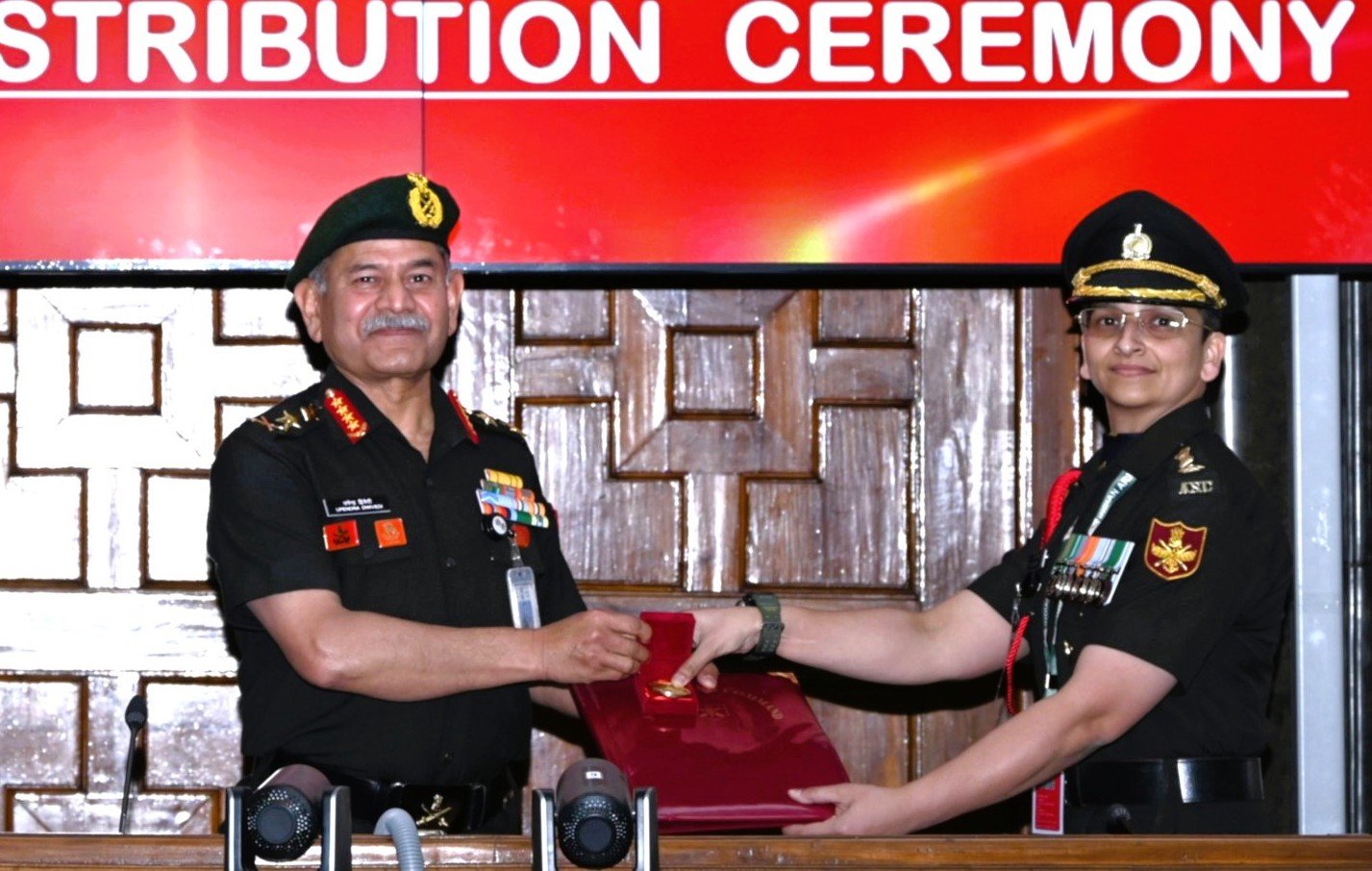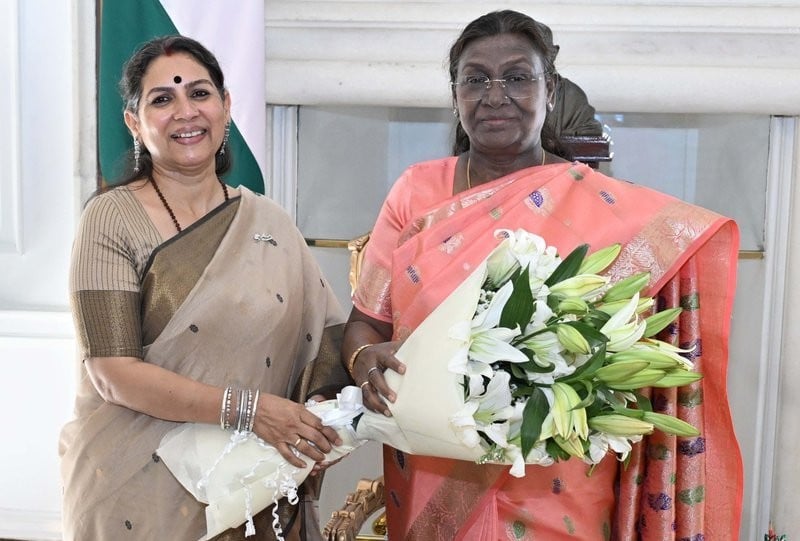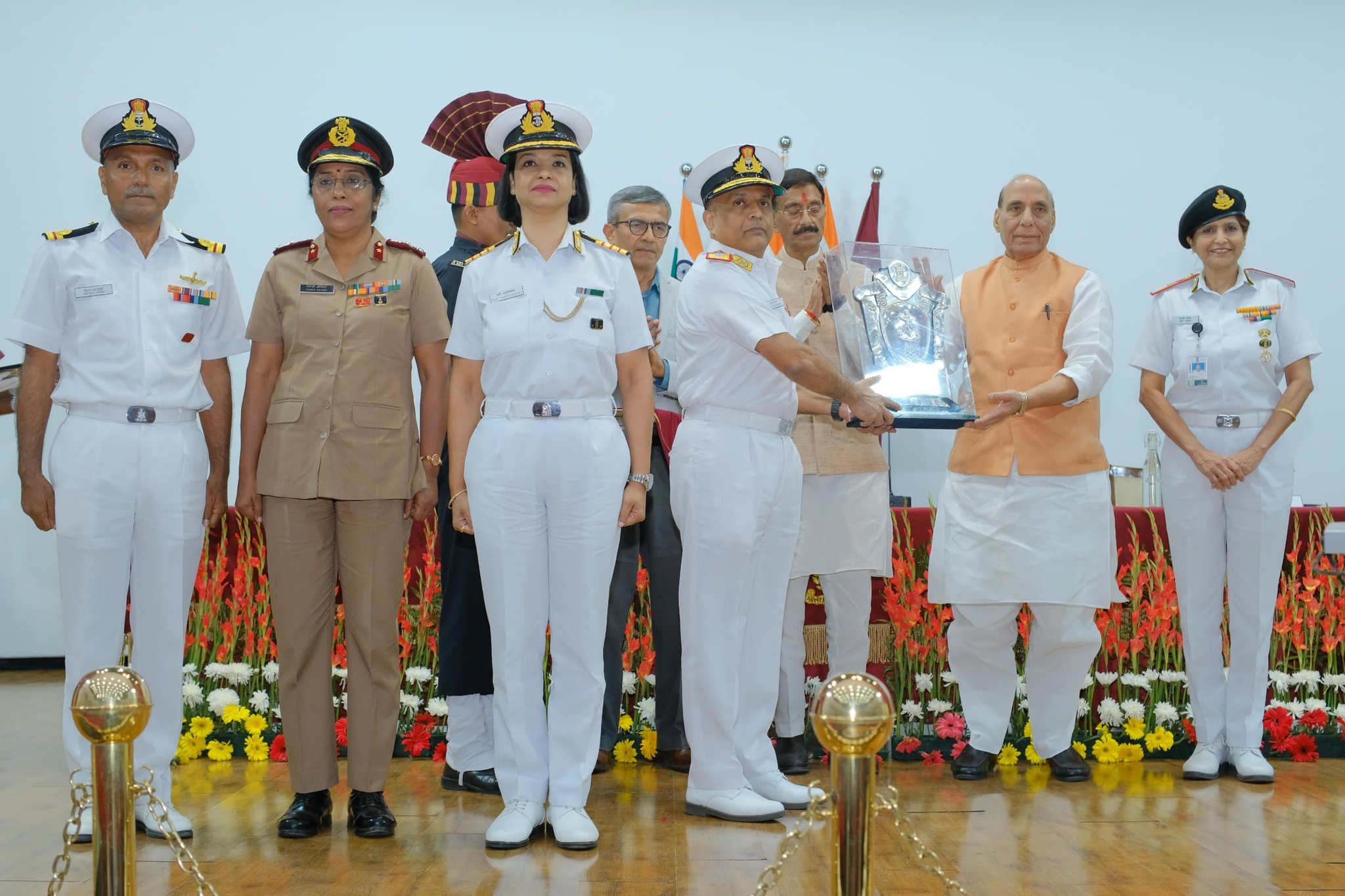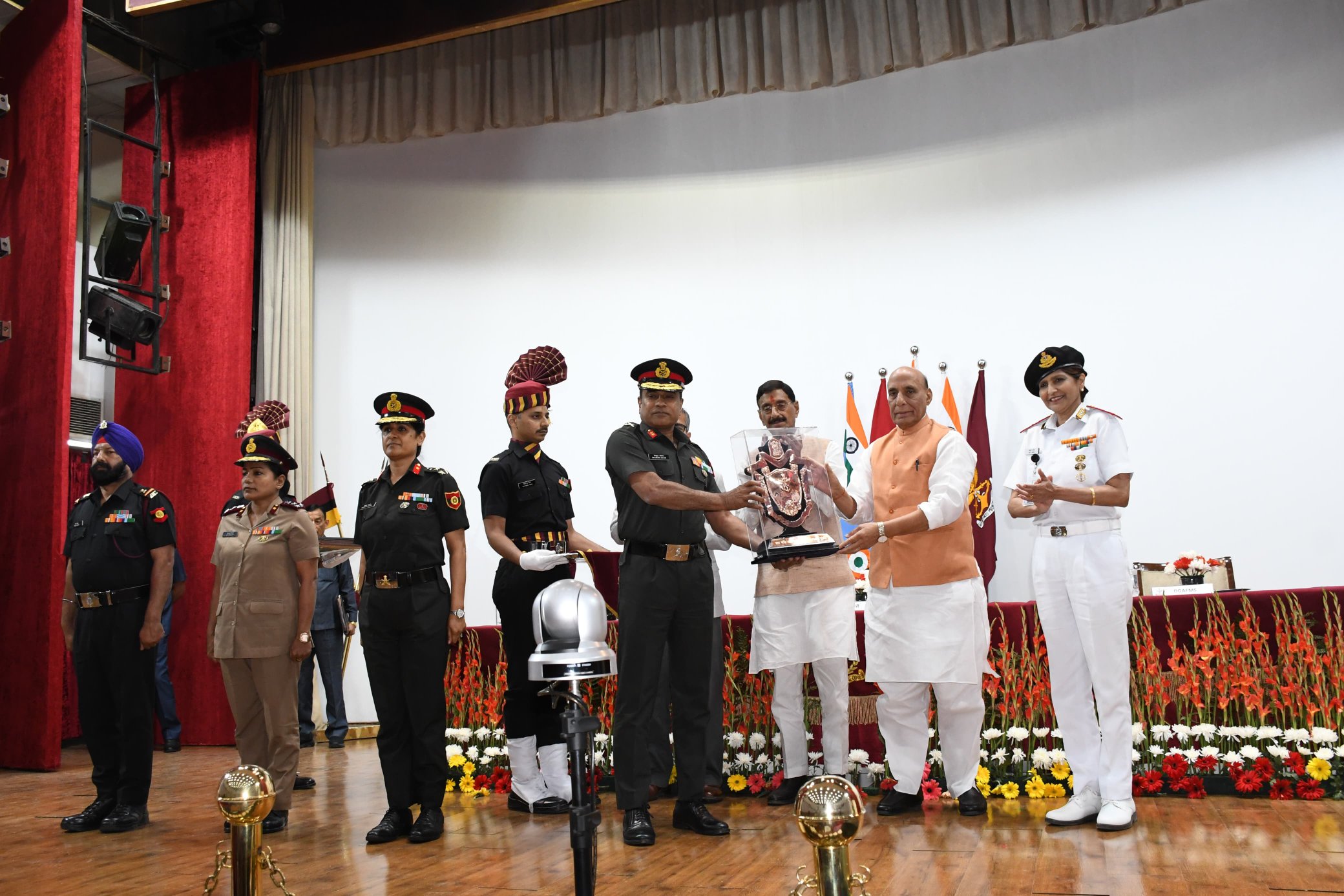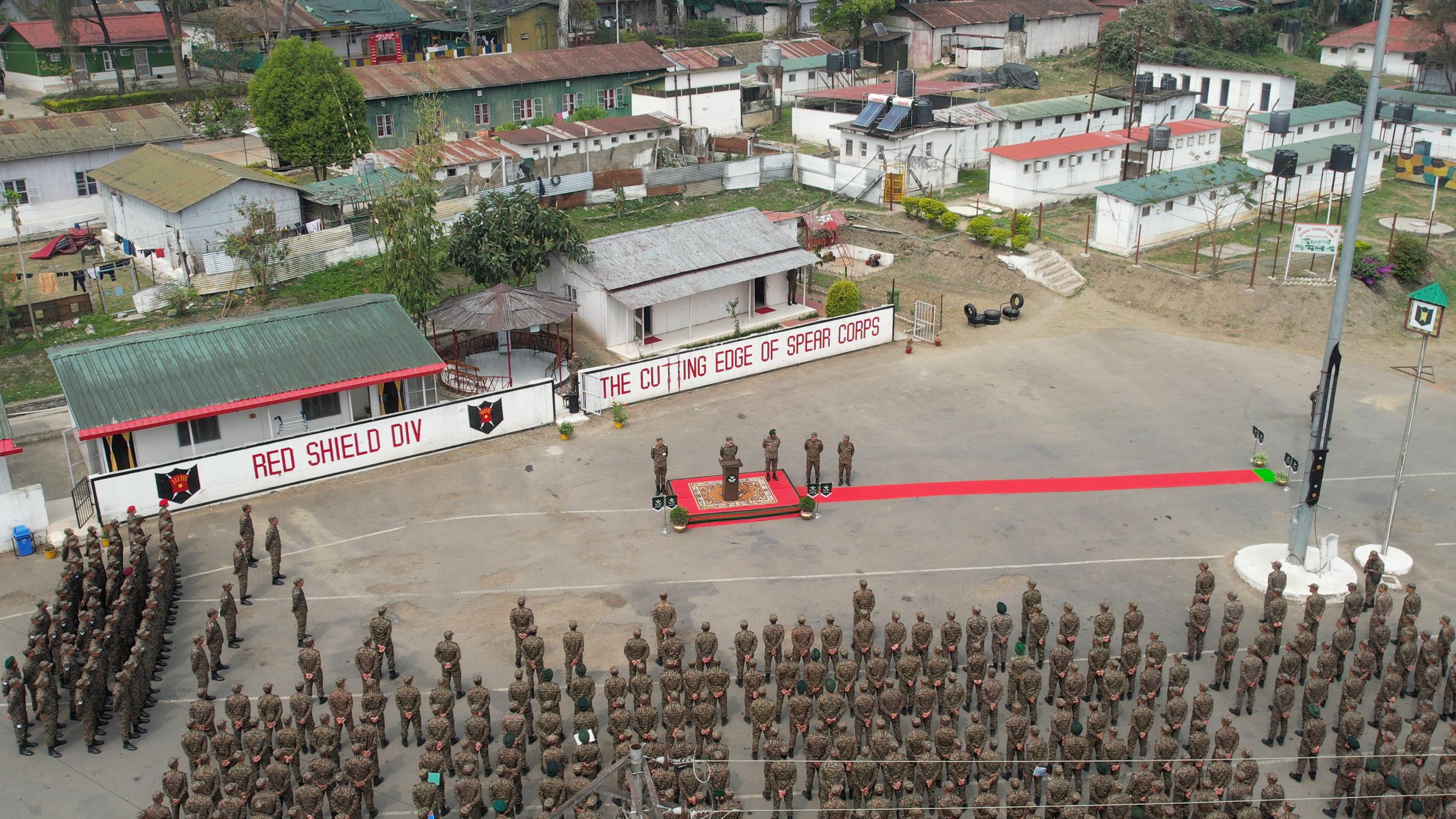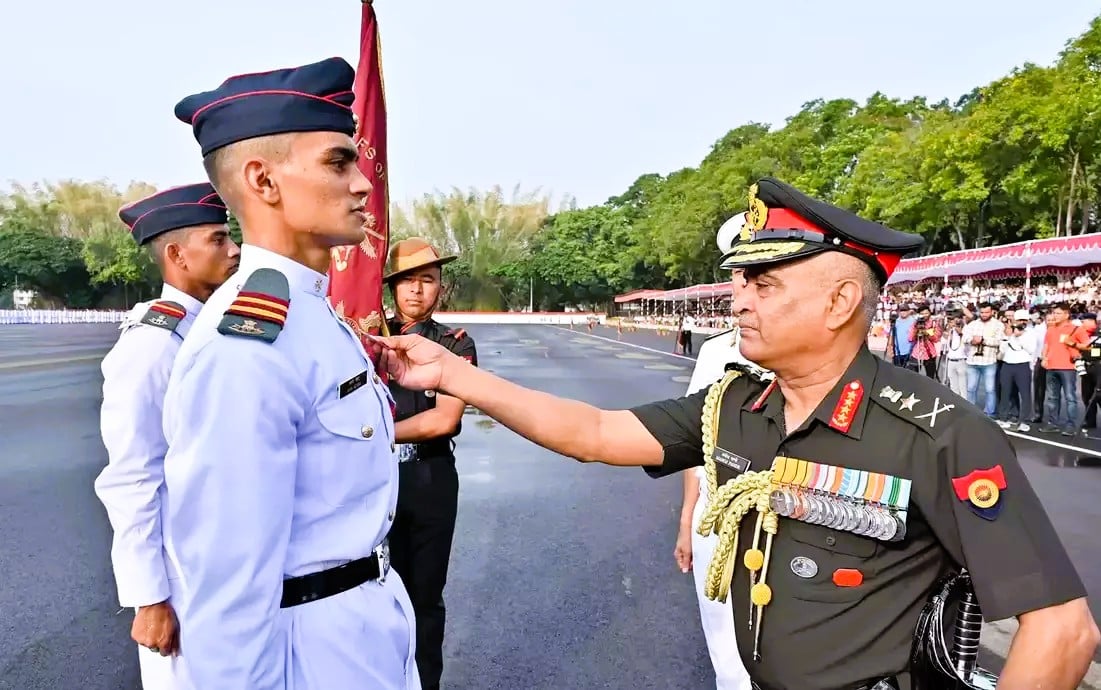In a significant advancement for India’s defense capabilities, the Defence Research and Development Organisation (DRDO) handed over the newly developed Medium Range-Microwave Obscurant Chaff Rocket (MR-MOCR) to the Indian Navy on June 26, 2024, in New Delhi. This cutting-edge technology, designed to enhance naval defense, utilizes Microwave Obscurant Chaff (MOC) to effectively obscure radar signals, creating a protective microwave shield around naval platforms and assets.
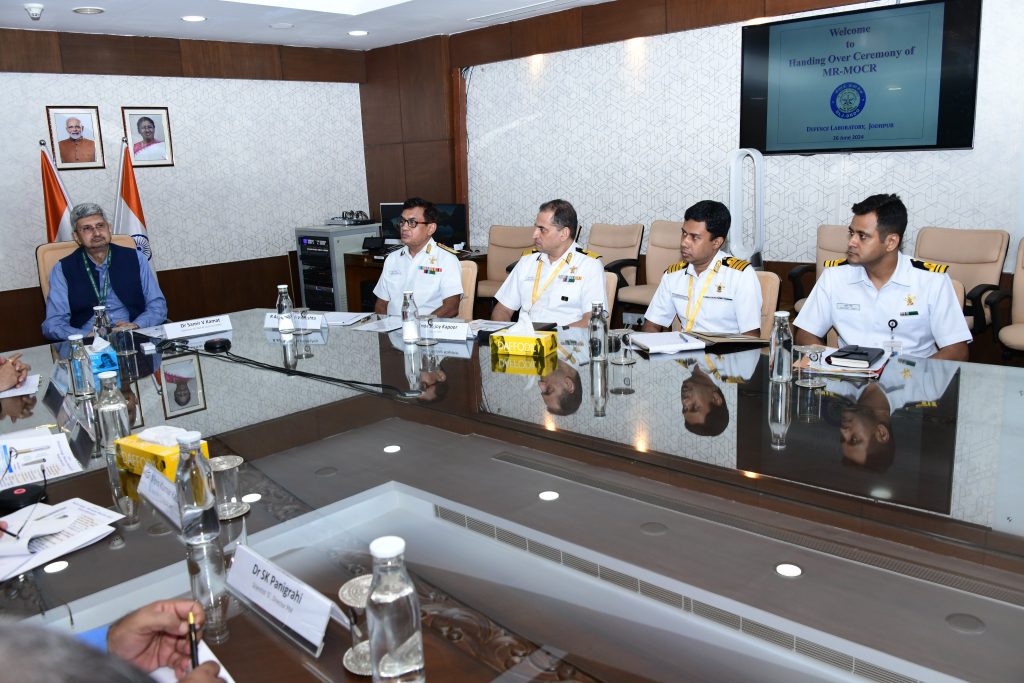
Developed by DRDO’s Defence Laboratory in Jodhpur, the MOC technology employs specially crafted fibers with unique microwave obscuration properties. These fibers, having a diameter of just a few microns, are packed into the medium-range chaff rockets. When launched, these rockets deploy a cloud of microwave obscurant that spreads across a substantial area in space, offering persistent protection and forming an effective shield against hostile threats equipped with Radio Frequency seekers.
The MR-MOCR has undergone rigorous testing, with Phase-I trials demonstrating the successful deployment and persistence of the MOC cloud from Indian Navy ships. Subsequent Phase-II trials showed a remarkable 90% reduction in the Radar Cross Section (RCS) of aerial targets, a performance that has been validated and approved by the Indian Navy.
During the handover ceremony, Raksha Mantri Shri Rajnath Singh praised the collaborative efforts of DRDO and the Indian Navy in achieving this milestone, which he described as a step towards Aatmanirbharta, or self-reliance, in defense technologies. The MR-MOCR was officially handed over by Dr. Samir V Kamat, Secretary, Department of Defence R&D and Chairman of DRDO, to Rear Admiral Brijesh Vashistha, Director General of Naval Armament Inspection.
Dr. Kamat commended the Defence Laboratory, Jodhpur team for their significant contribution to developing this strategically important technology. Rear Admiral Vashistha also acknowledged DRDO’s efforts in indigenously developing the MOC technology swiftly, marking a crucial enhancement in India’s defensive capabilities against modern threats.

